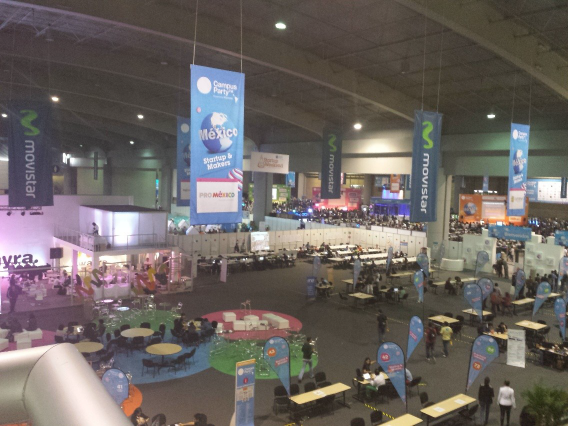
They’re stalking, taking advantage of the anonymity offered by the Internet and using the most advanced techniques to deceive their victims. They pose a persistent threat. They are often very patient and have sometimes communicated with their victims over a number of days, weeks, months and sometimes for over a year before they finally arrange to meet with the young person. They are a new breed of predators.

My Story: Struggling, bullying, suicide and self-harm.
This is an excerpt from the story of Amanda Todd, a 15-year-old Canadian girl:
“In 7th grade I would go with friends on webcam people who told me I was beautiful, stunning, and perfect. They wanted me to flash. So I did, 1 year later I got a msg on Facebook from Him, Dont know how he knew me. It said, if you dont put on a show for me, I will send ur boobs. He knew my address, school, relatives, friends, family names. Christmas break knock at my door at 4 am. It was the police my photo was sent to everyone
This was the beginning of a nightmare for Amanda. It ruined her life and ultimately ended in suicide. Her story resonated around the world.
The rise of the Internet has given us hitherto unimagined opportunities; we are in a golden age of information which anyone can access. However, technological advances can bring new dangers, and three factors combine to create a potential flashpoint: nave teenagers + predators or pedophiles + Internet.
Many of the crimes committed online involve some form of cyber-harassment or cyber-bullying. Children and young people are particularly vulnerable to this; its often easy to gain their confidence through deception. This may start on social networks, but frequently crosses over into the real world, where it leads to crimes such as extortion, trafficking in child pornography or the physical abuse of children. There is nothing new in this type of crime; however, the anonymity of the Internet provides a dangerous new forum for models of abuse that we have seen all too often in the past.
Children, the Internet and social networking.
Every day more and more children use the Internet and social networks. However, this rapid change leaves many parents feeling overwhelmed. Unsure of the technology, they simply remain on the sidelines, worried that they dont have time to properly understand the cyber-world. This, though, is a big mistake. Without being alert to what their children are doing, they often find themselves far removed from potential problems. Many parents do not really know the risks involved with the Internet, hoping and trusting that their children are harmlessly engaged in checking their homework rather than exposing themselves to possible harm.

One of the main problems to emerge among teenagers is that of sexting. Sexting is the act of sending sexually explicit messages or photographs, primarily between mobile phones or via social networks and was the subject of a study by the Pediatrics journal. That survey of youngsters found that 7% had received images of scantily clad people, and 5.9% had received sexually explicit pictures.
Worse still, about 2.5% had appeared in or created their own sexual images. Of these, 61% were female and 72% were aged 16 or 17; 6% were aged 10-12. This material was most often sent as part of a relationship, or just for fun.
The worst thing about sexting is that it can trigger more serious situations, such as cyberbullying or extortion because the content can end up in the hands of a cyber-predator.
The greatest danger comes from children and teenagers lack of awareness: often, the youngsters cannot measure the potential impact of these images, both emotionally and legally, on themselves and their families. This makes them an easy target for predators.
Peace of mind, stay safe
Fortunately there are very good tools that can help you stay in control of what your children see on the Internet. Tools like Kaspersky Internet Security 2013 and Kaspersky Parental Control (Beta) are a huge help in protecting your kids when theyre online, but on their own they are not enough. It is very important to learn to identify whether any member of the family is being harassed on the Internet. Often these signs are very obvious but if there is not enough communication between parents and children, they can go unnoticed.

Here are some simple questions which could help you find out if your child might be at risk.
- Are your children spending a lot of time online, especially at night?
- Do your children receive phone calls from people you dont know?
- Do your children turn off the computer monitor as soon as you come into the room?
Here are some numbers that may be useful for parents. According to statistics from Kaspersky Network Security, social networking sites are more popular than webmail and pornographic sites, which is one of the reasons why cyber-predators hunt their prey in this environment.

People most commonly use social networks in the afternoon, from 1-6 pm. Porn sites are busiest between noon and 3 pm.
Talk with your kids
Its very important to establish communication with your children, talk to them, get involved in their activities on the Internet and be aware of the time they spend online or using social networks. Have an honest and direct discussion about the dangers of the Internet.
Educating your children about using technology responsibly can help your children to understand which situations might put them in danger, regardless of whether they are online at home, with friends, at school or have public access to the Internet.






















Cyber predators lurking